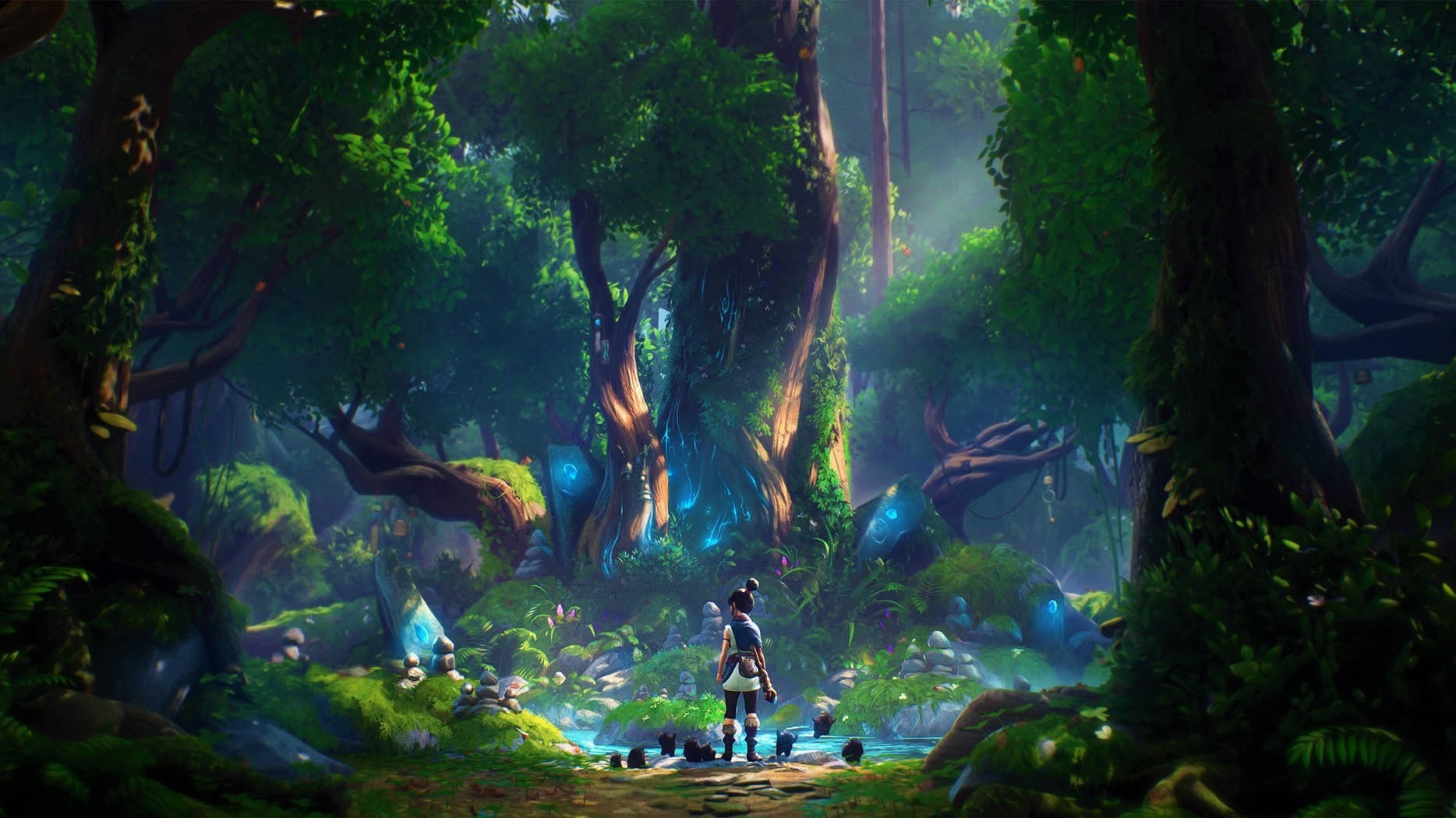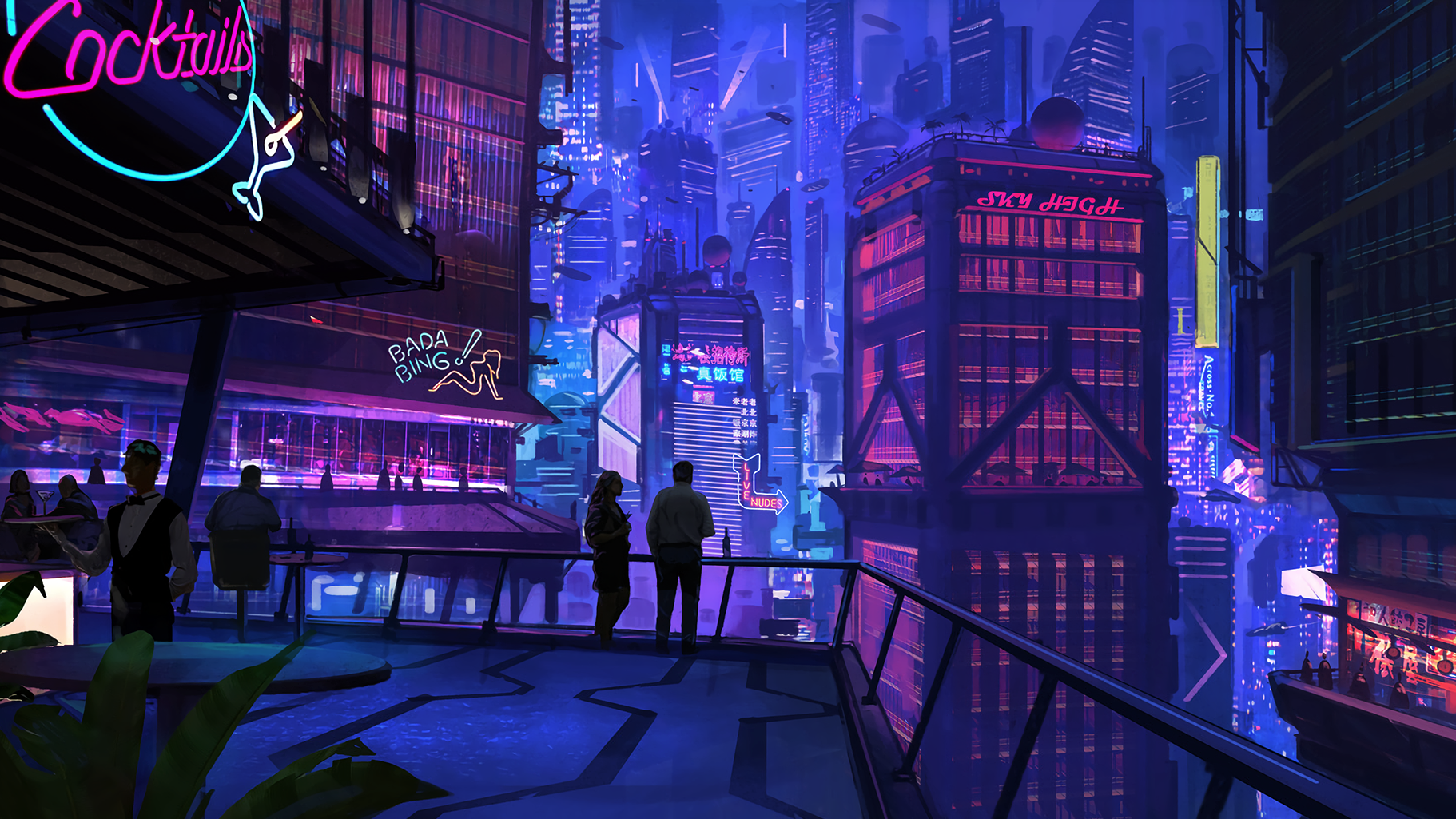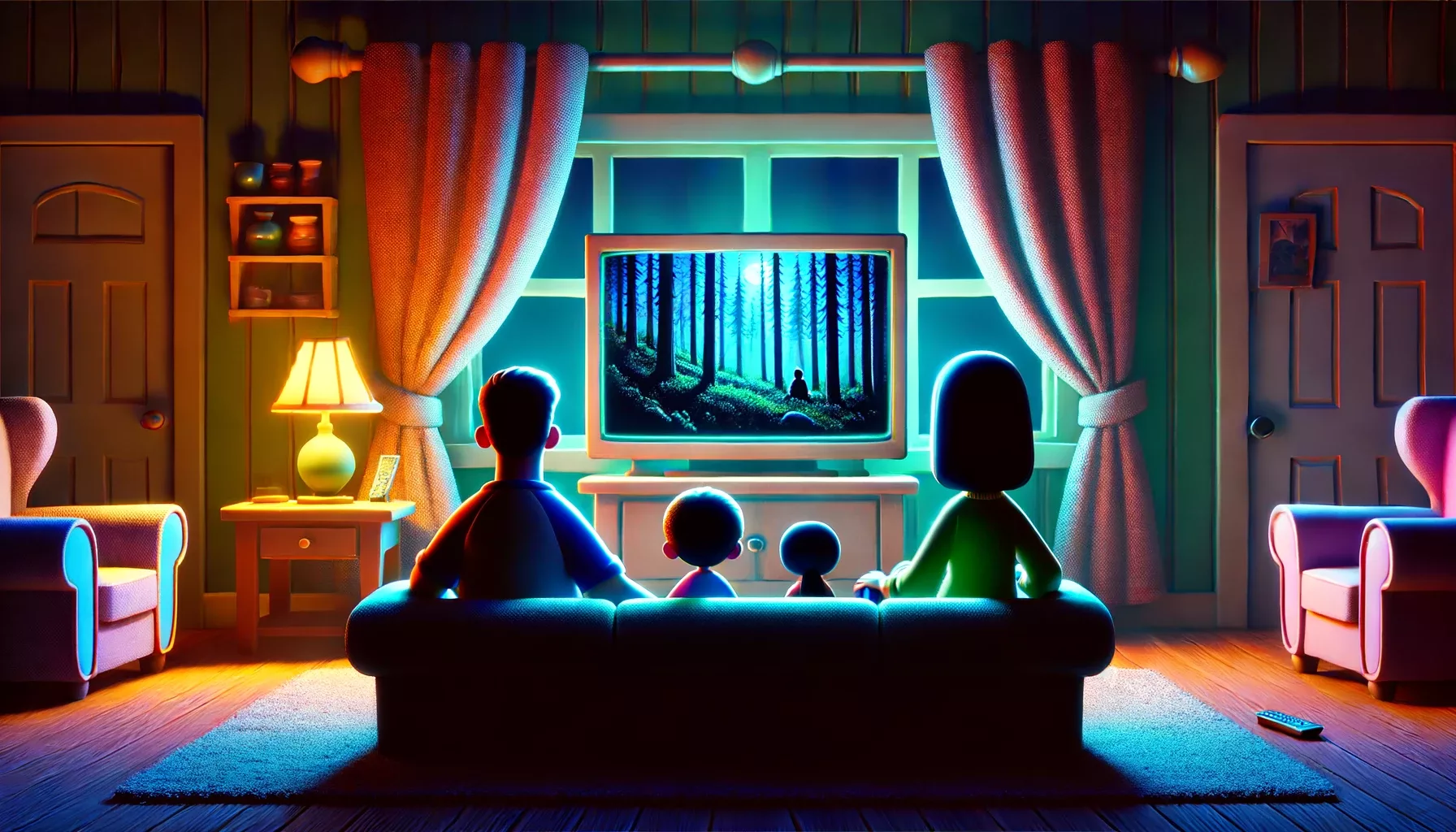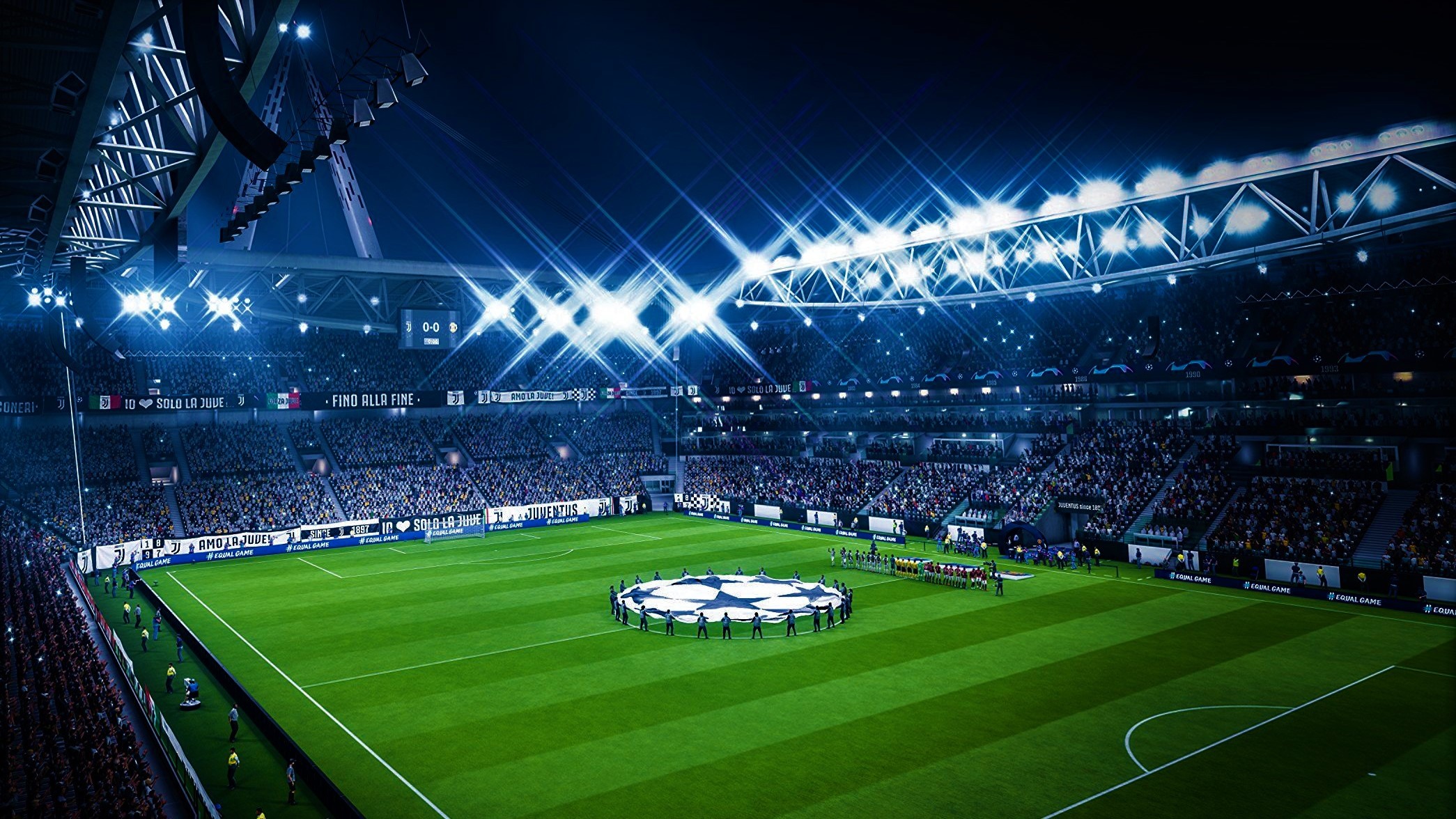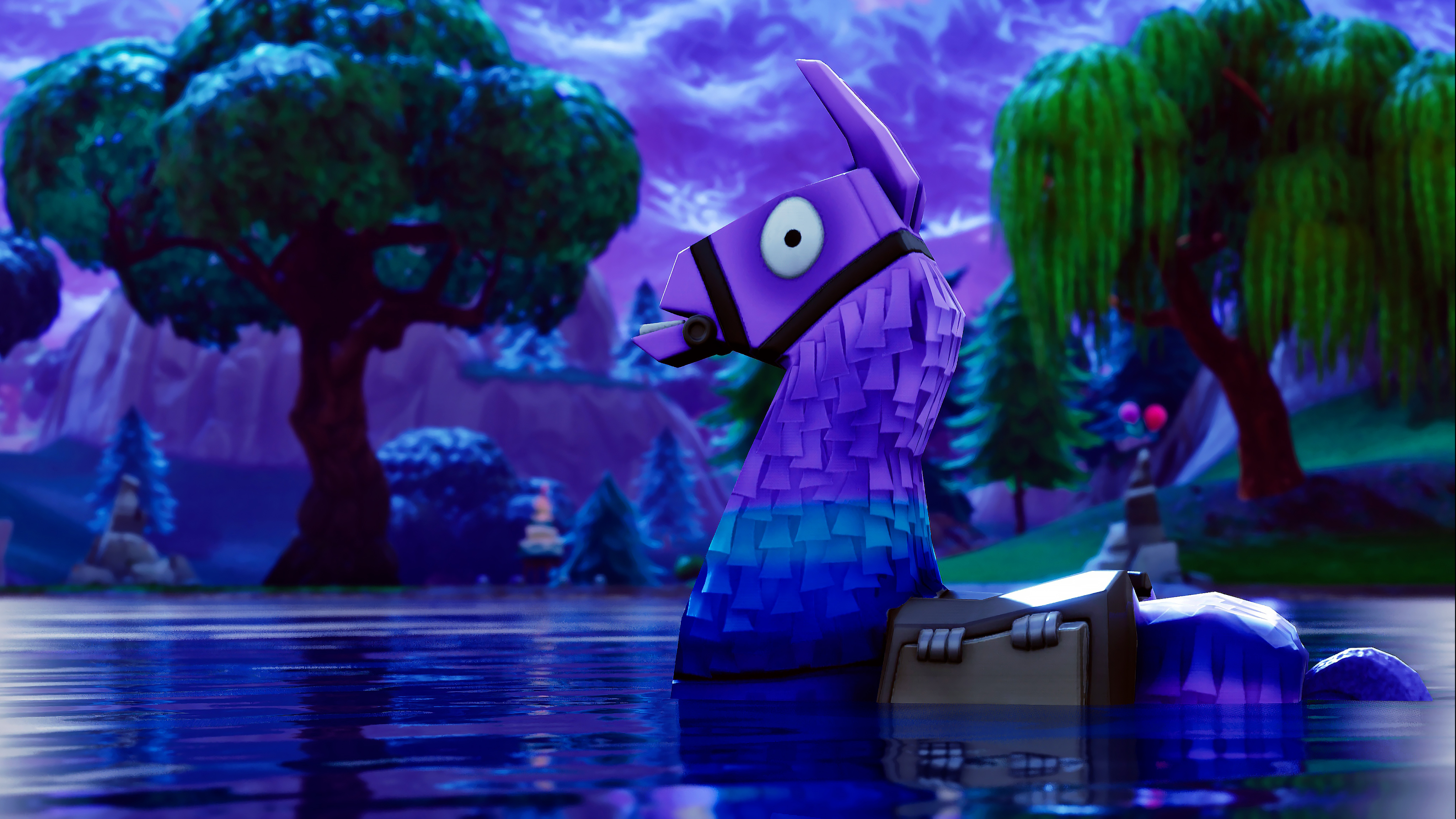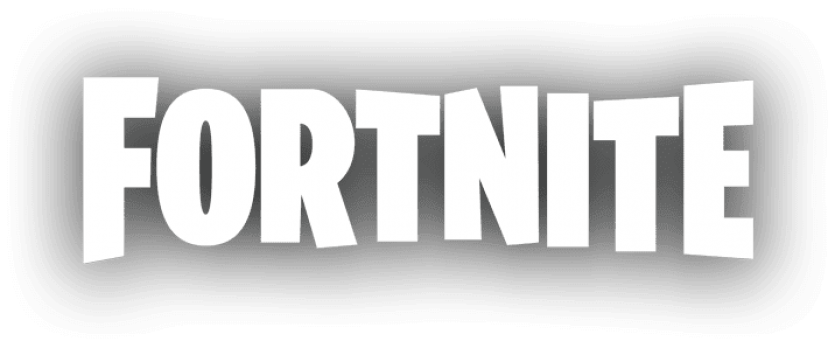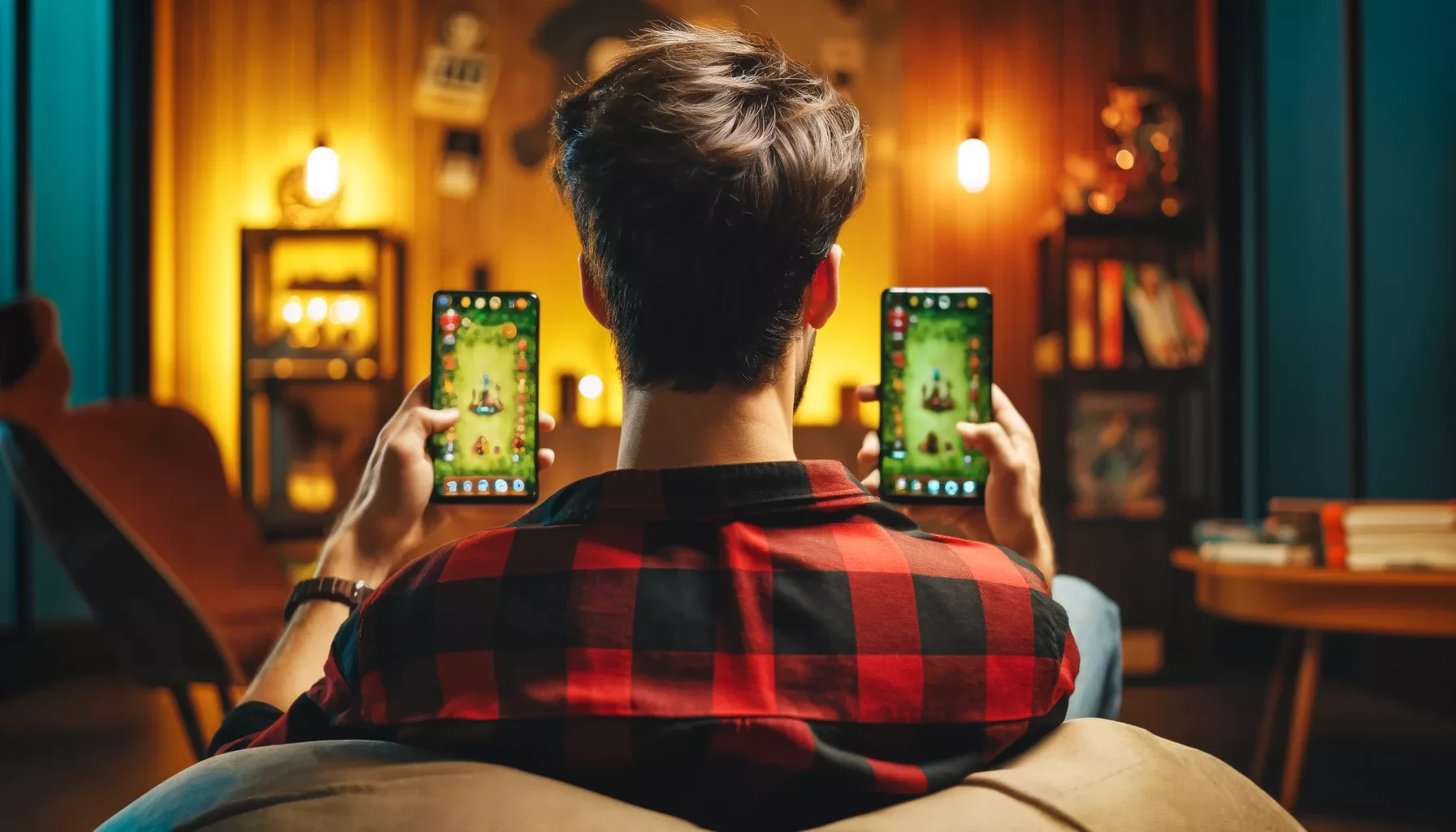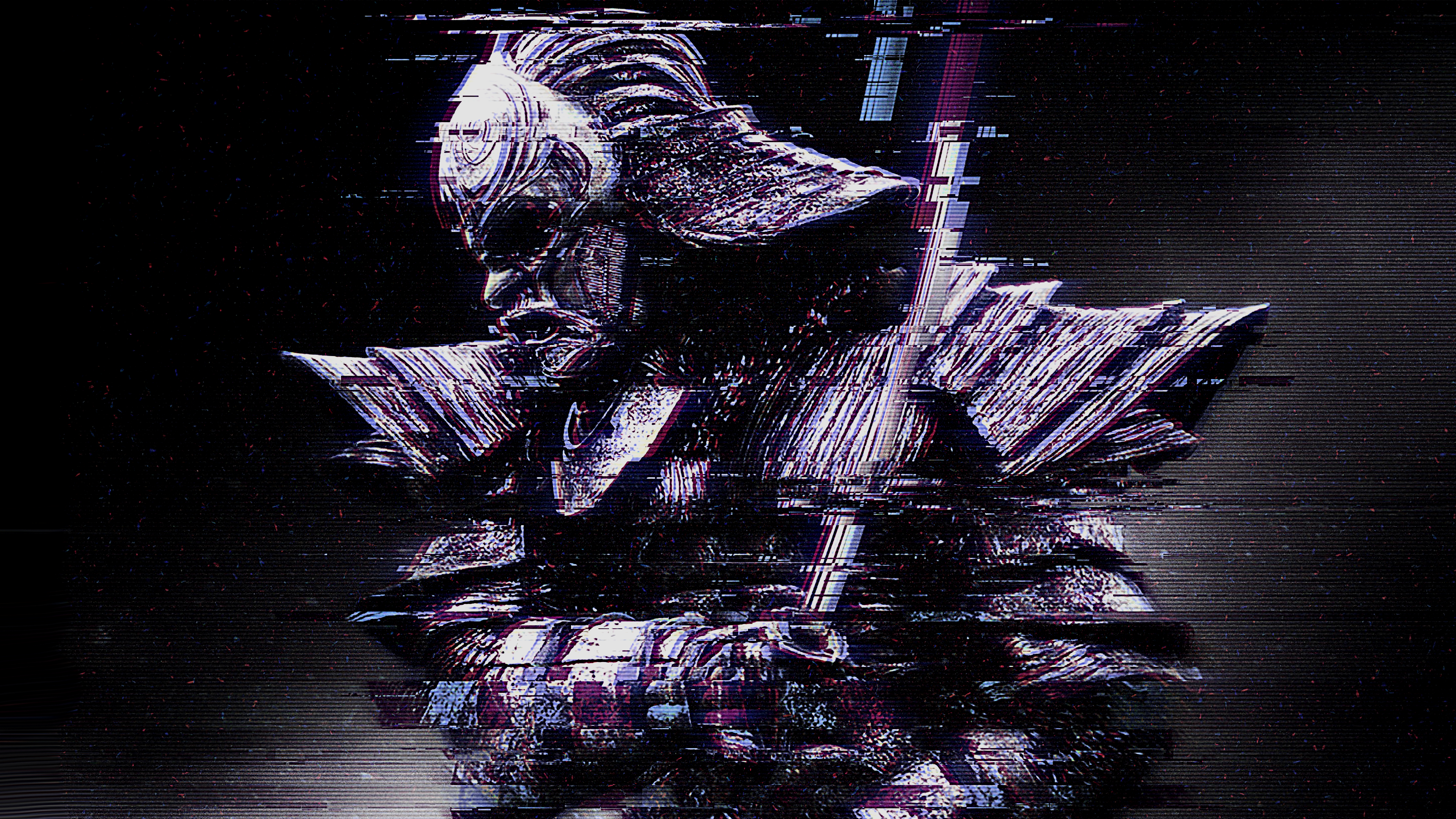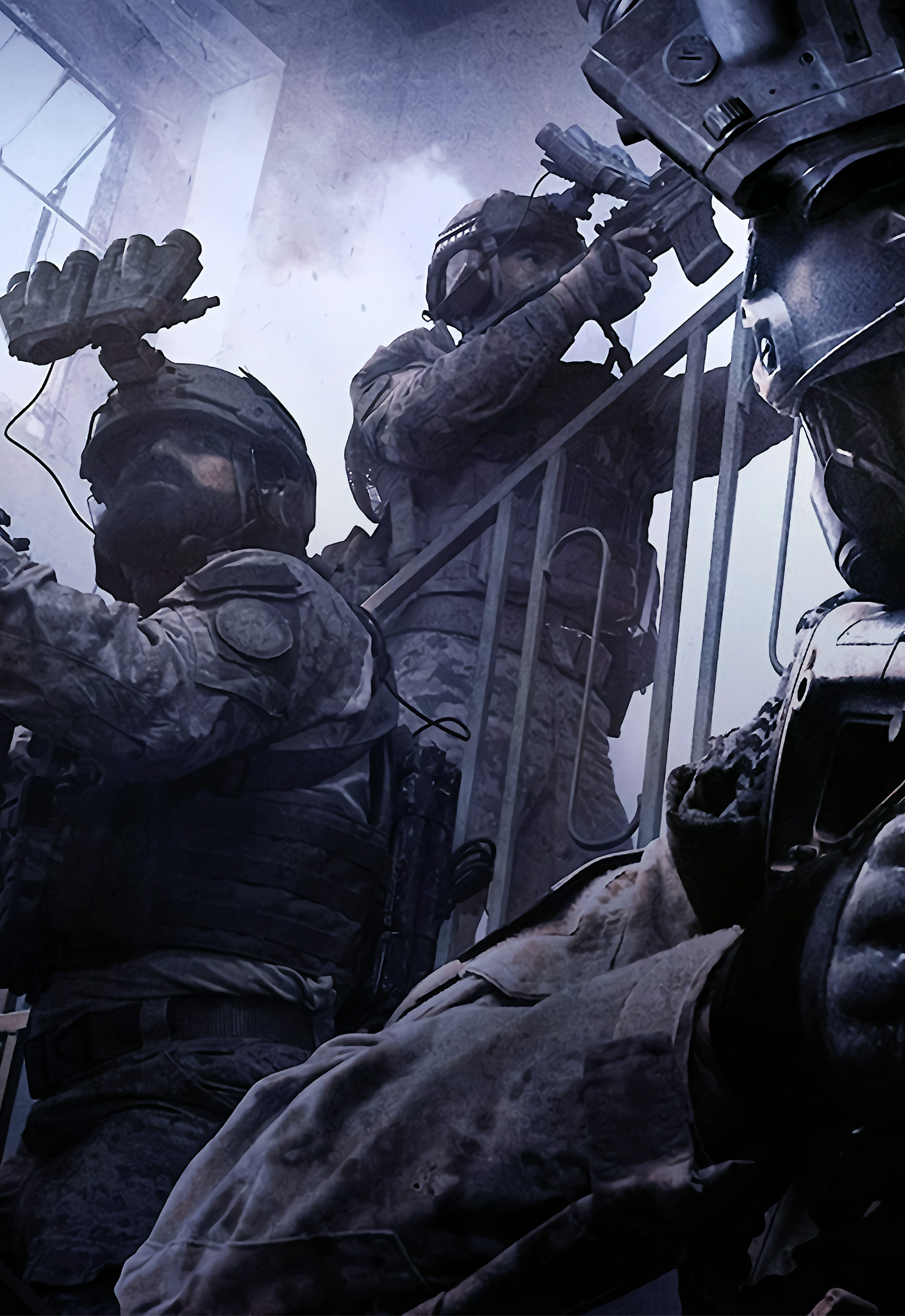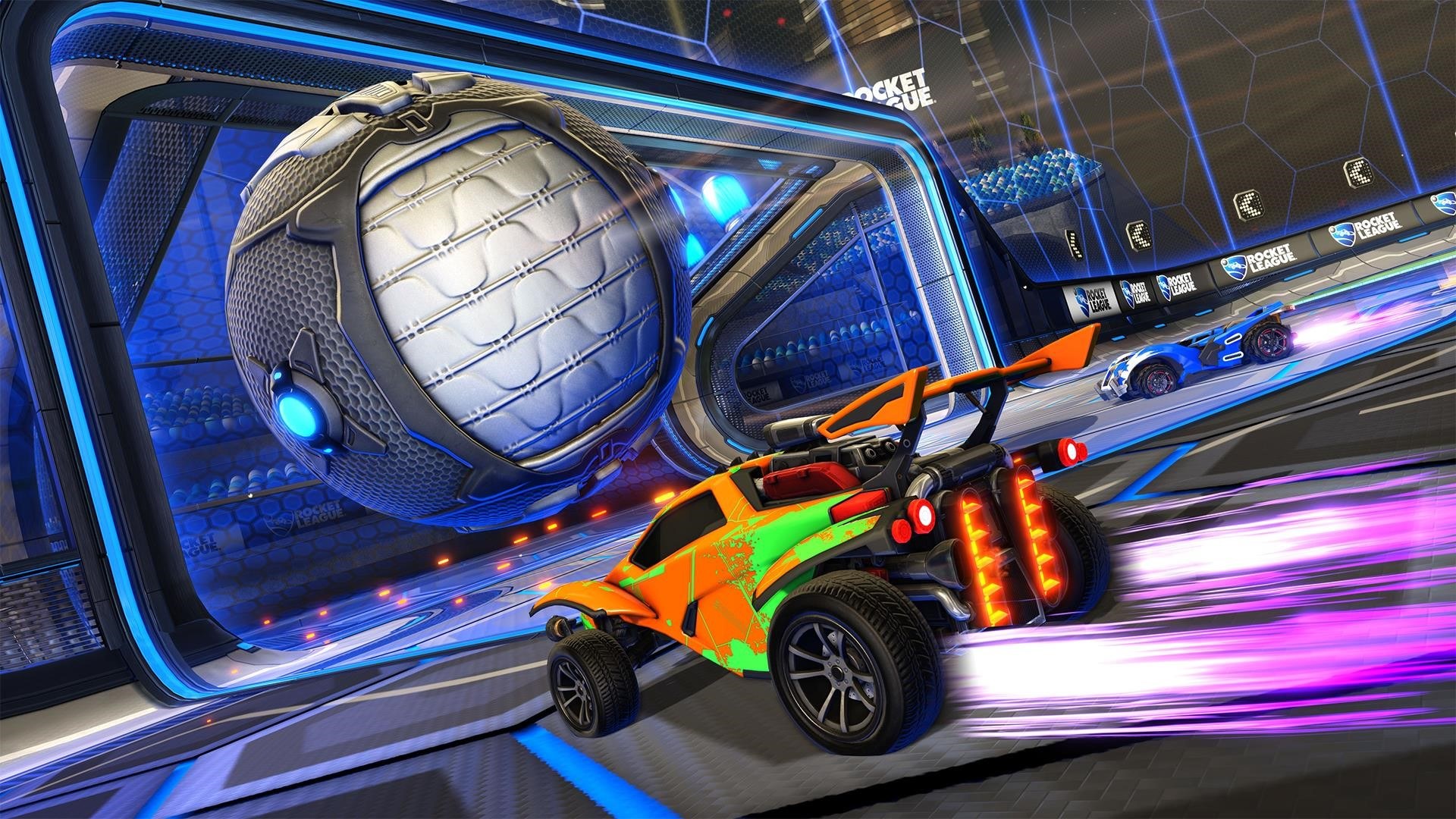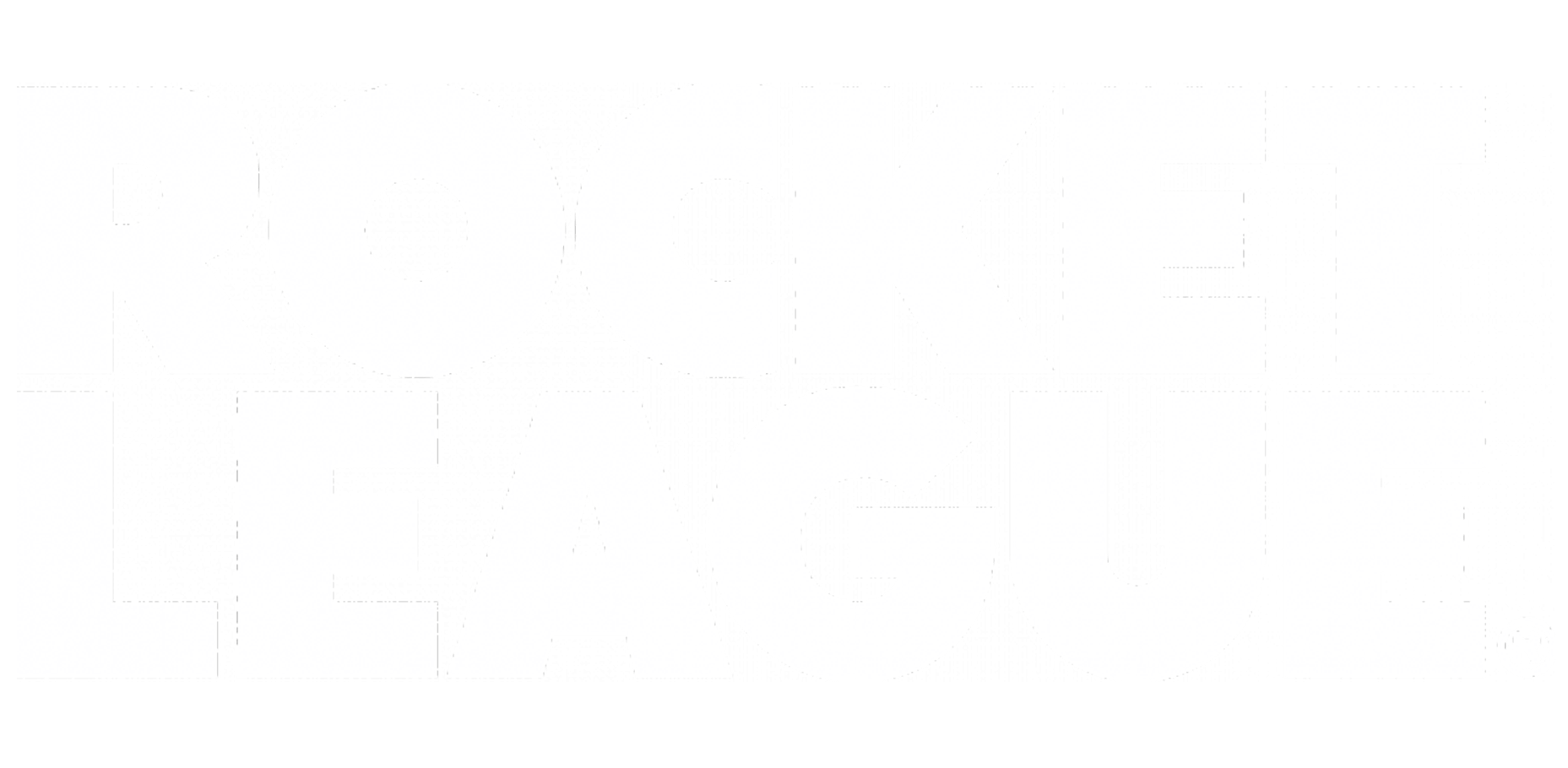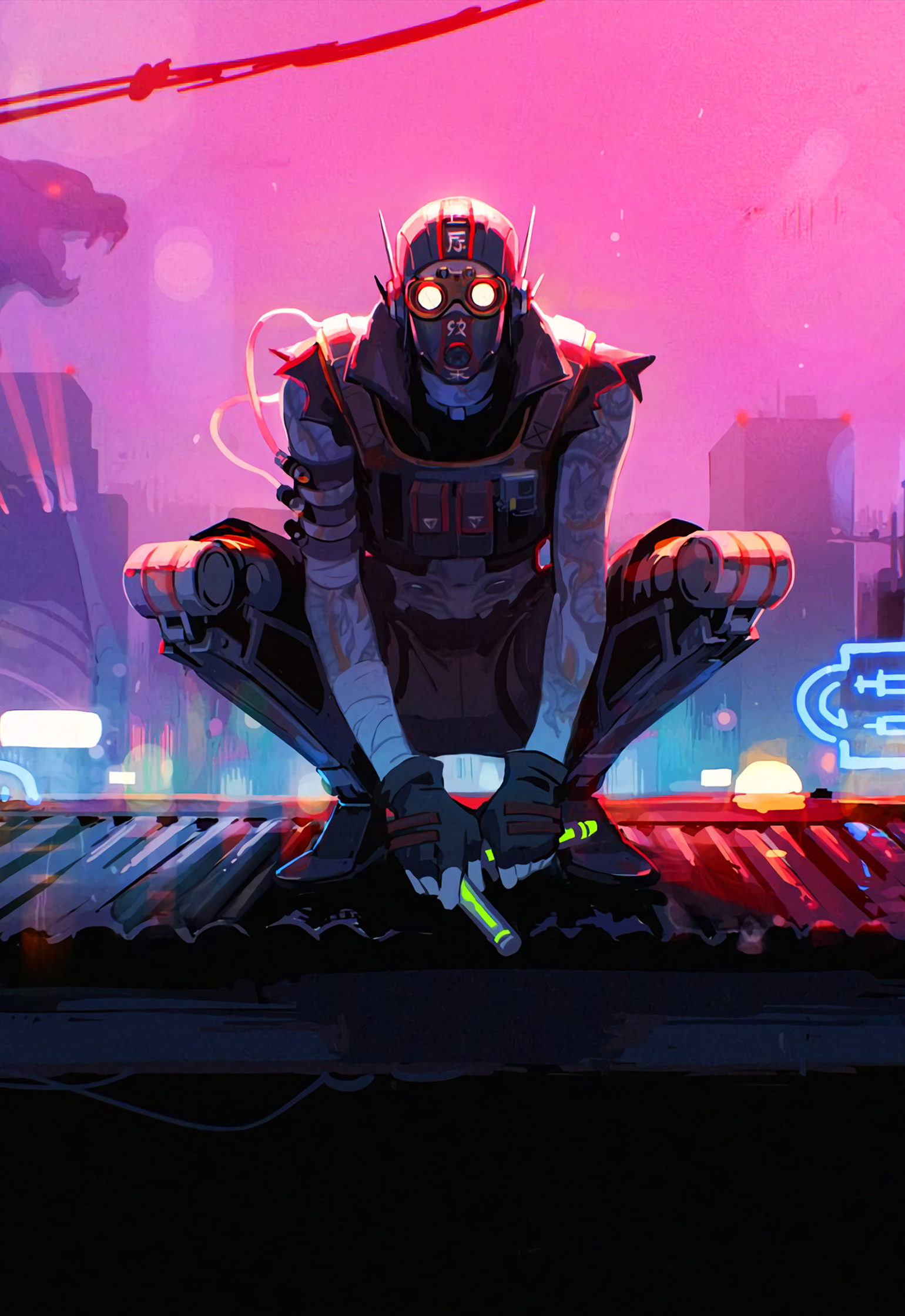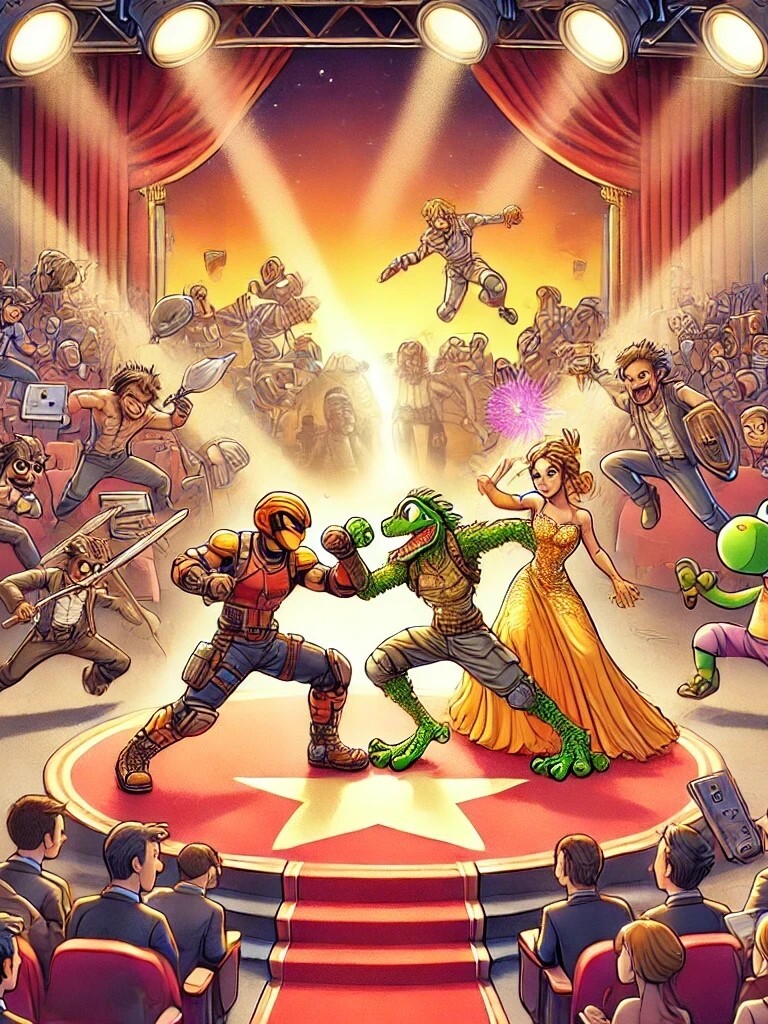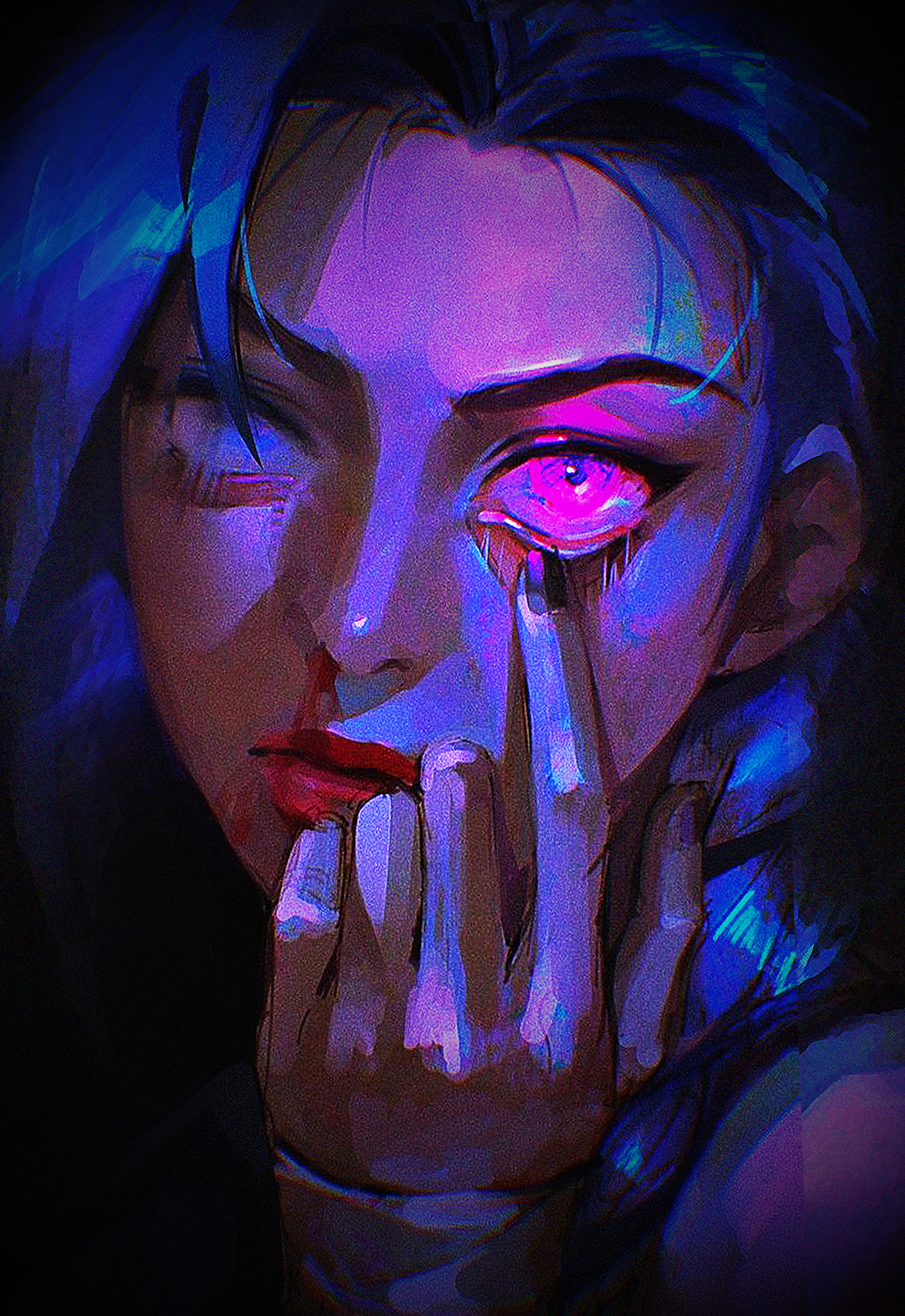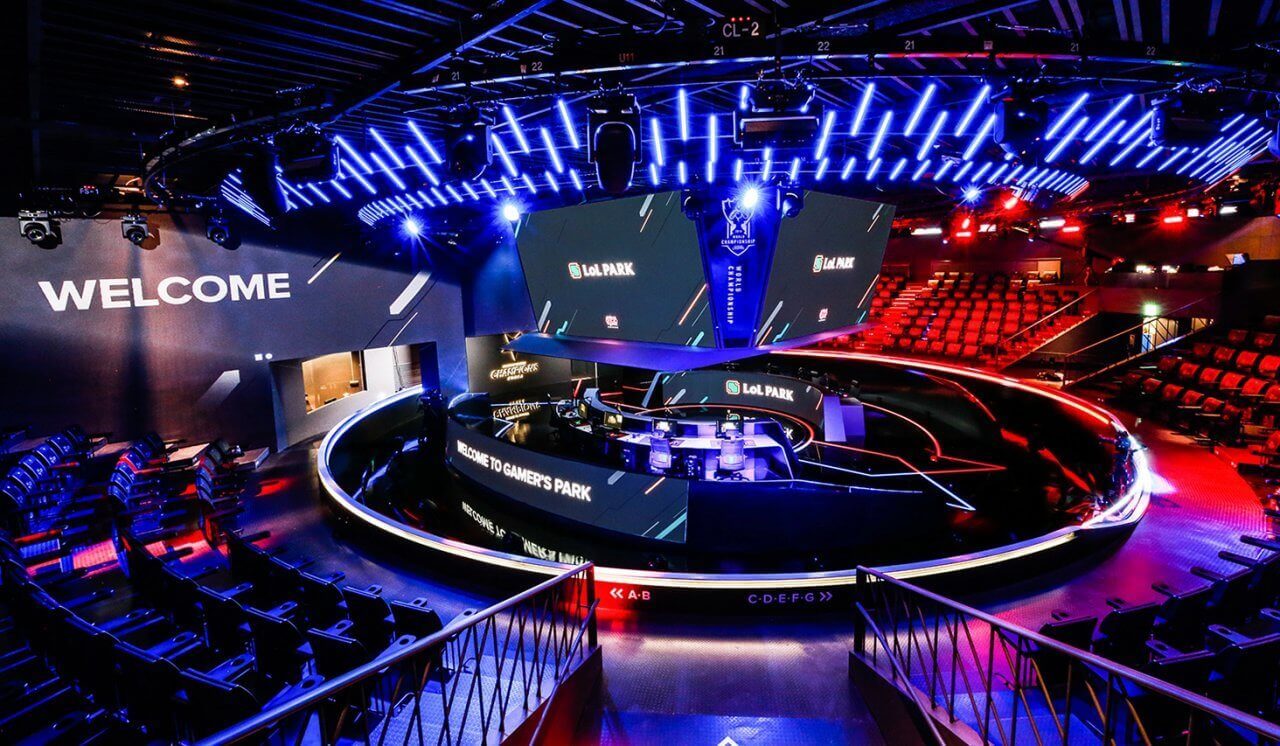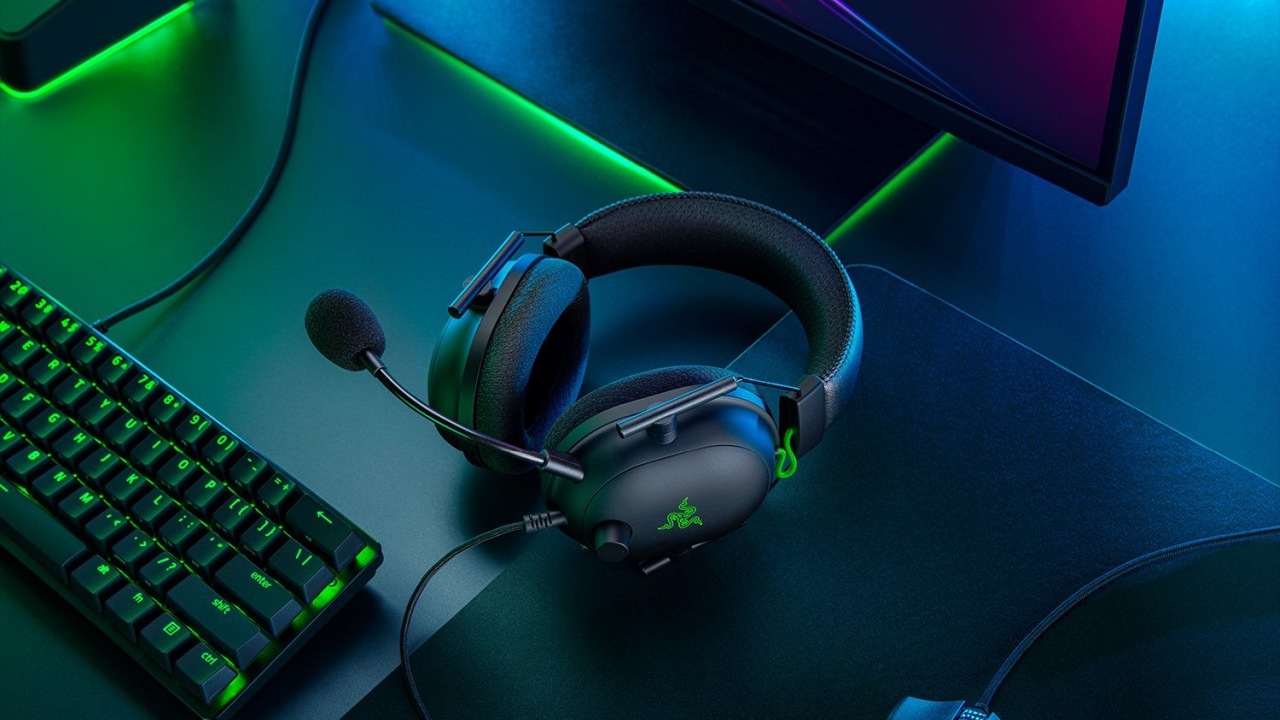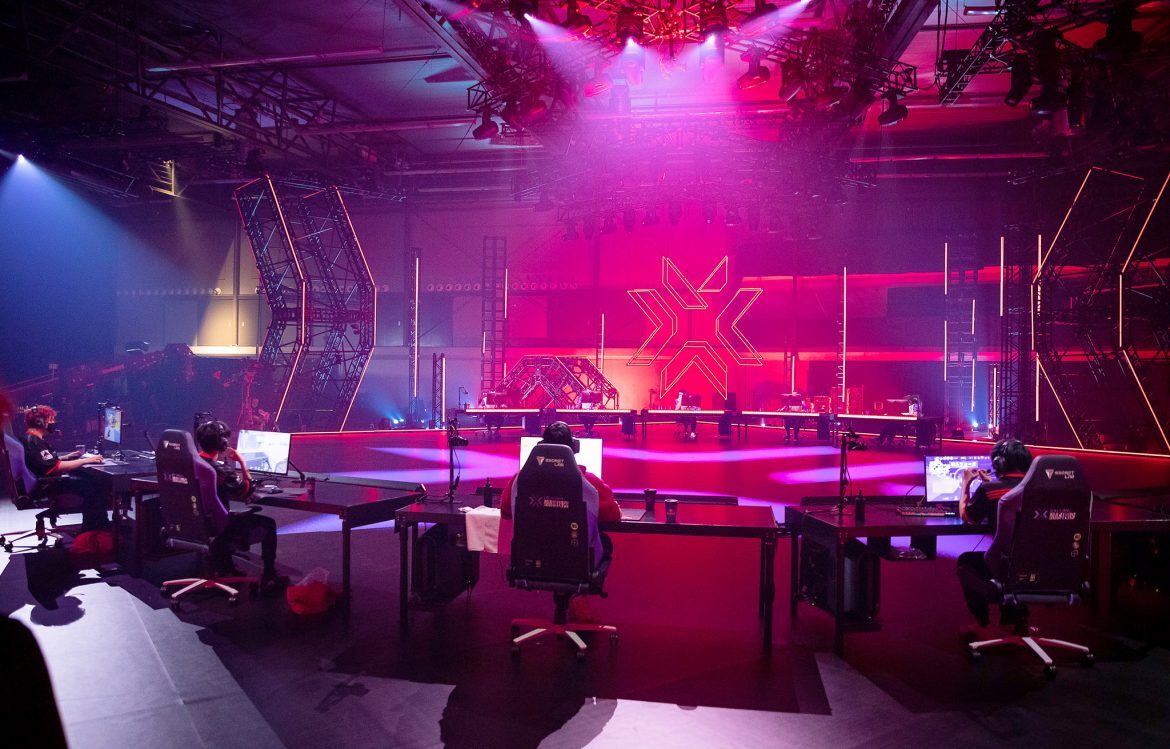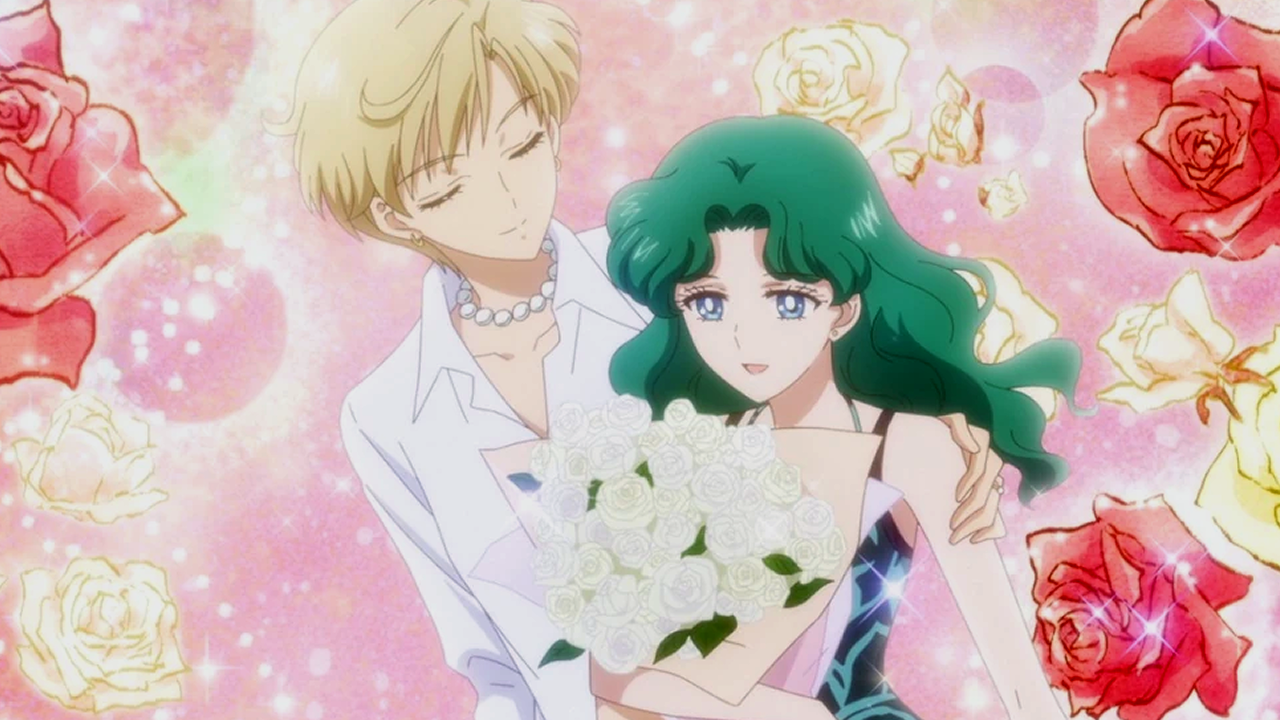If you grew up watching Sailor Moon, you might remember the pretty transformation-scenes and funny situations with a clumbsy Usagi. But looking back, the anime also had much better LGBTQ+ representation than I remember.

Revisiting Sailor Moon through a modern lens reveals just how progressive it truly was. Even if censorship and localization often stripped away important character arcs and changed the nature of some of its relationships, there's something to be learned with how the show handled its representation.
Though debates regarding gender and sexuality have become much more advanced since the 1990s, Sailor Moon presented a refreshingly fluid and expressive vision for both – and it did so years before most Western media was brave enough to.
Good Representation?
Across the spectrum of characters, several of them, be it hero or villain, enjoyed same-sex relationships or ignored gender expectations entirely.
Across the Sailor Moon franchise, queerness wasn't only present. It was totally normalized. Although in-series characters sometimes get confused by things like gender fluidity, they accept it once they fully get an explanation on it.
The most famous example is undoubtedly Sailor Uranus (Haruka Tenou) and Sailor Neptune (Michiru Kaioh), whose romantic partnership is canonical in both the anime and the manga.
Haruka is often seen flirting with girls, especially Usagi, while her partner Michiru is portrayed as more reserved and occasionally flirty with men. Yet their devotion to each other is never in question.
Seiya Kou, or Sailor Star Fighter, is another ambivalent character.
In civilian form, Seiya presents as a male pop idol and develops romantic feelings for Usagi.
While the interactions could be interpreted as heterosexual (since Seiyas civillian form openly presents as male), Seiya’s true identity as a female-presenting Sailor Guardian complicates the reading.
In a notable moment in episode 195 of the anime, Seiya confesses to Usagi, knowing the love is unrequited, and leaves her with a tender kiss on the cheek.
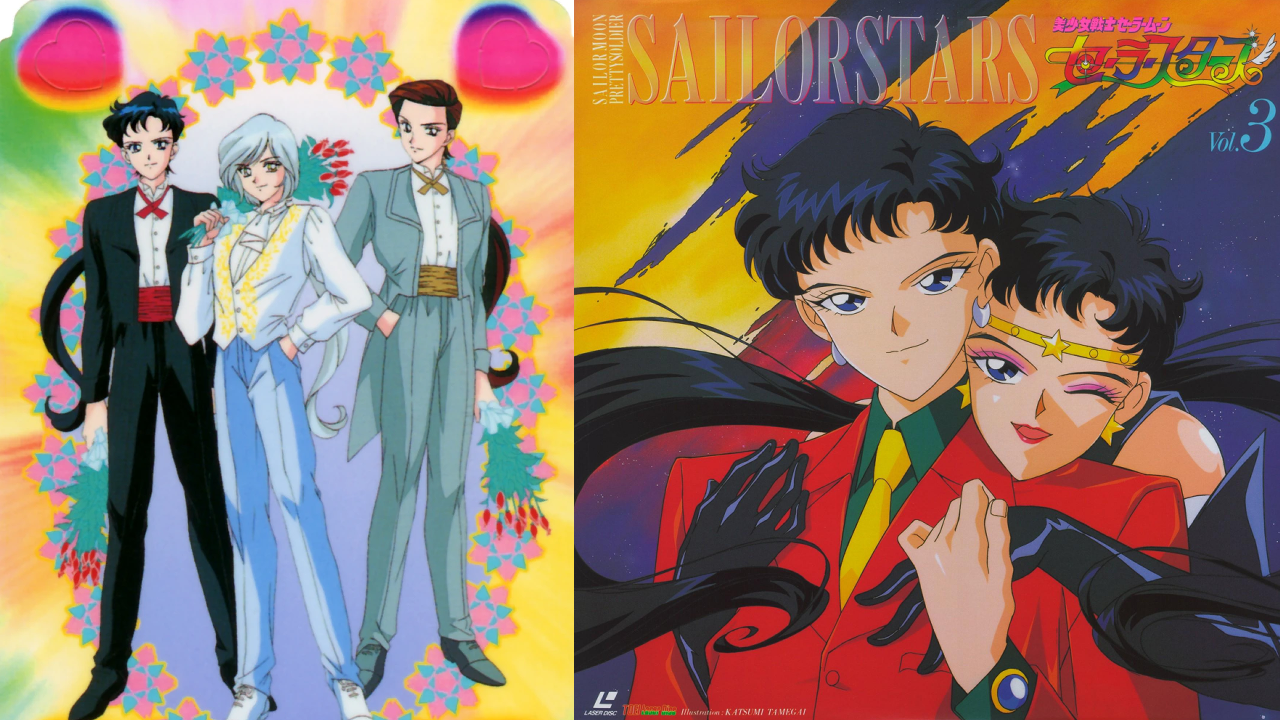
The show also included explicit expressions of male-male romance. Kunzite and Zoisite, members of the Shitennou (Four Kings of Heaven), were clearly shown as lovers in the 1992 anime. They were shown to have a gentle relationship despite their villainy and given scenes with emotional depth.
However, it is important to note that the anime's version of the pairing is a clear deviation from the original manga, where their bond was described more like "that of brothers".
You think that's already lots of queer relationships? Behold Fisheye, a member of the Amazon Trio.
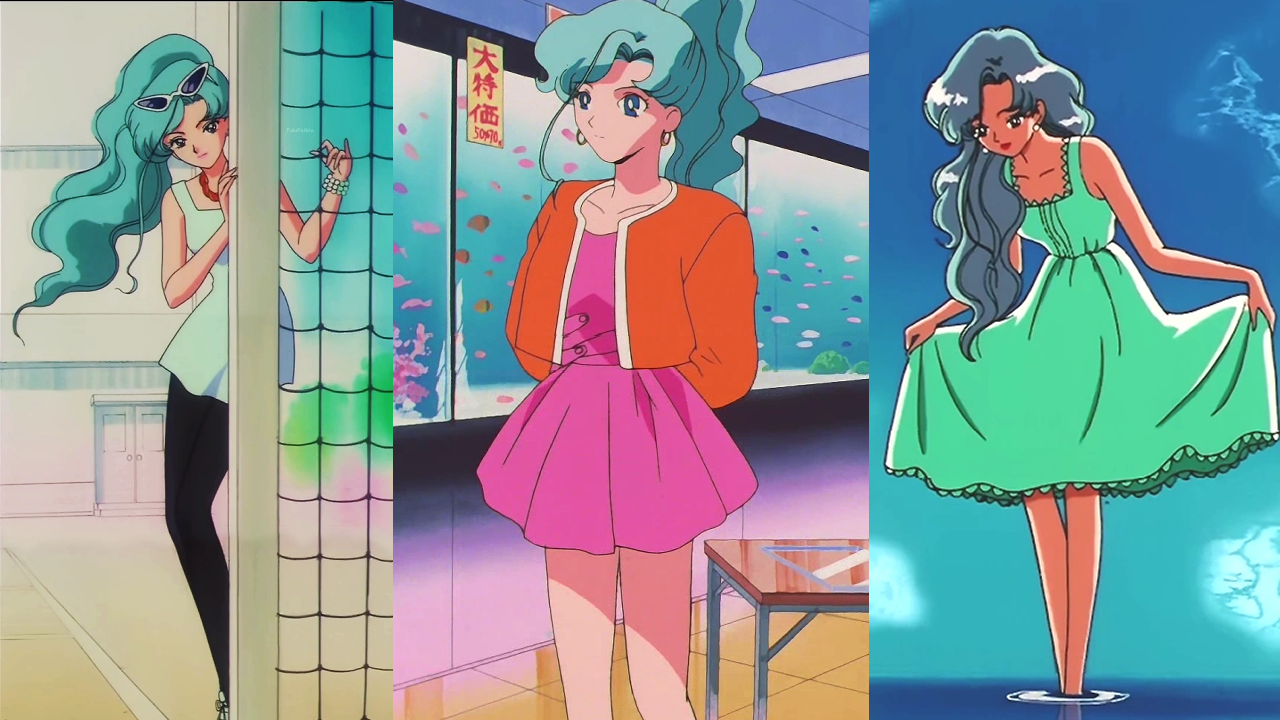
Not only did the villain exclusively pursue male targets, in contrast to the other members of the Amazon Trio (often presenting as female while doing so), but the character also challenged norms of both gender and sexuality, standing out as something we would today interpret as possibly non-binary or gender-nonconforming.
While not in a steady relationship, the character’s attraction to men and their refusal to conform to male-coded behaviors was radical for a children's show at the time.
Gender Fluidity And Expression
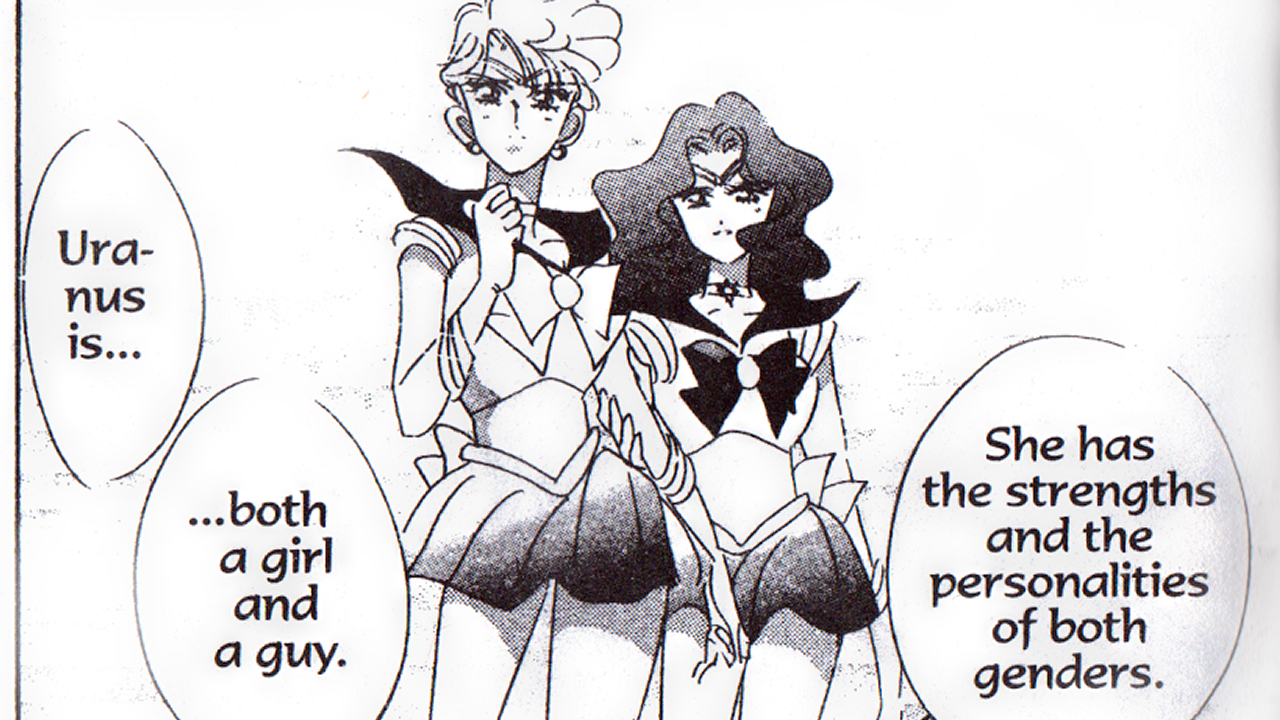
As mentioned above, Sailor Moon feautures gender non-conforming behaviour surprisingly often. And it does so in a respectful manner.
Haruka Tenou, for instance, dresses and behaves in masculine ways, uses male speech patterns in Japanese, and is initially mistaken for a man by several characters.
At one point in the series, Haruka even declares, “I am both man and woman,” leaving the audience to interpret this self-identification without further clarification.
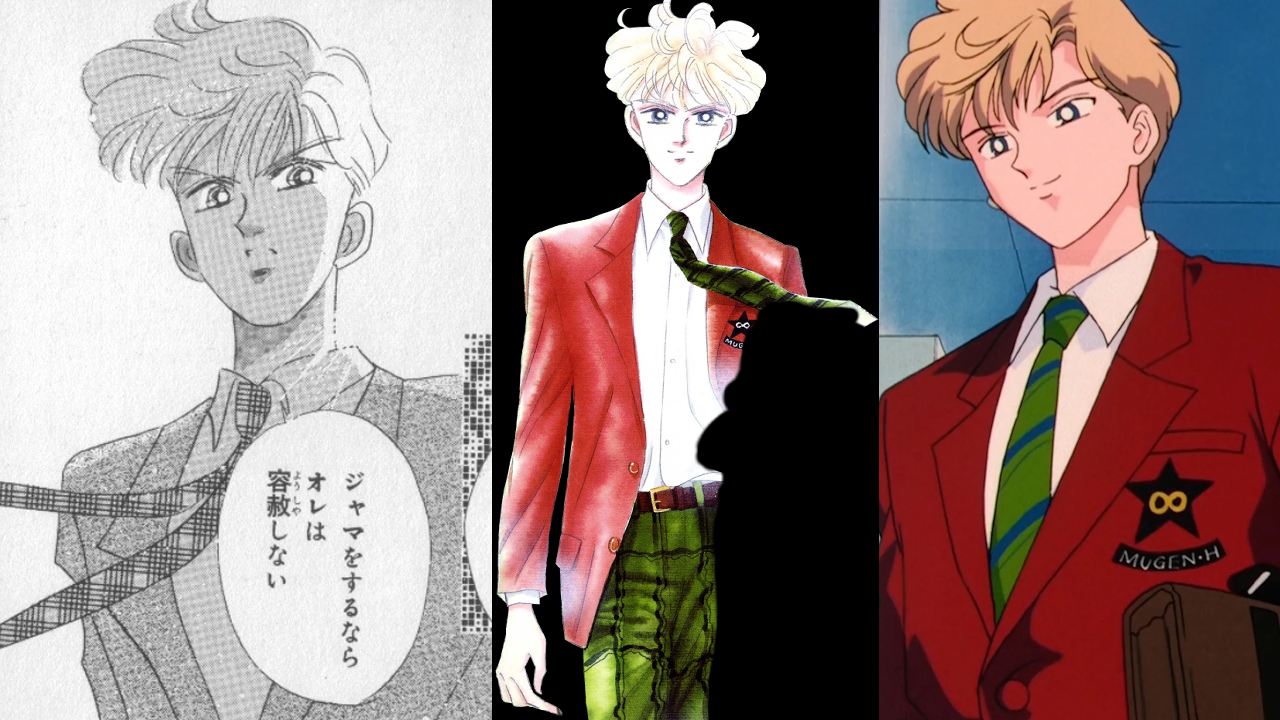
The Sailor Starlights, meanwhile, embodied duality in both gender and sexuality.
As members of the boy band "The Three Lights", they lived publicly disguised as men but transformed into their true selves as female Sailor Guardians. The Japanese language even reflects their shifts, with pronouns and speech styles changing depending on the form they’re in.
Beyond the leads, the series casually featured cisgender-heterosexual men in heels, makeup, and fishnets, often without it being a plot point (although it can be argued if hawks and tigers transformed into humans like they do in Sailor Moon, would they even follow the same gender rules as humans?).
These things weren't made that big of a deal, but rather just part of the world. This subtle normalization of gender nonconformity remains rare in youth-oriented media even today.

Lost In Localization
Of course, the show’s progressive representation didn’t go unchallenged, especially when it came to Western localizations.
In the U.S. English dub of the 1990s, Haruka and Michiru’s romantic relationship was infamously rewritten as a “being cousins"-situation.
Their loving gazes and flirts were left intact, making the rewrite really awkward. Like, come on. Weren't there other ways to change that if you HAD to do it in the first place?
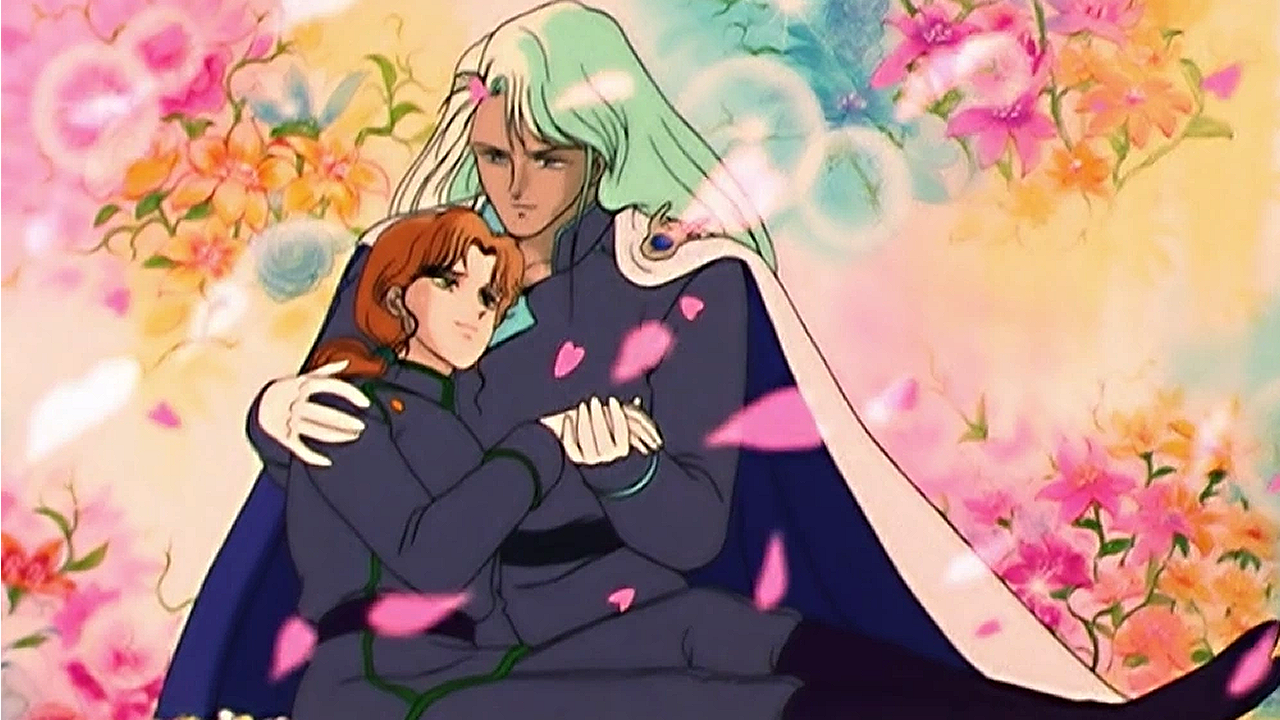
Another change can be seen for Zoisite. Even though he was originally a man in love with Kunzite, he was redubbed as a woman in the American version (which worked well because of his feminine appearance), changing the dynamic to a heterosexual relationship.
Likewise, Fisheye’s queerness was downplayed or edited, stripping away much of the character’s flamboyant, gender-nonconforming charm.
Interestingly, some countries handled the localization in the exact opposite way. In the Korean dub, Seiya was presented as a woman even in civilian form, thus reframing her relationship with Usagi as an explicitly lesbian one.
Far Ahead Of Its Peers
To understand just how groundbreaking Sailor Moon was, it’s important to remember what other media looked like at the time.
In 1990s Western animation, LGBTQ+ characters were nearly nonexistent – especially in children’s shows. If they did appear, it was often in the form of flamboyant villains (like Powerpuff Girls’ HIM) or played for laughs.
In mainstream Hollywood, gay characters were more visible but often tragic or sidelined. Films like Philadelphia (1993) and The Birdcage (1996) featured gay characters but rarely showed them in realistic, affectionate relationships.
Even though 90s cinema increasingly tried to incorporate queer characters into movies or series, they were constrained by stereotypes and censorship when it came to intimacy or emotional depth.
The Anime's Impact
Though often under-acknowledged in Western media analysis, Sailor Moon set and example for LGBTQ+ characters long before such representation was common.
Sailor Moon didn’t set out to be entirely about queer representation. It just integrated it into the world-building in a way that felt natural and exciting.
For many younger fans, it was the first time they saw someone like themselves on screen. And that matters.
Do you think Sailor Moon had good representation or do you find it to be lackluster? Tell us in the comments!
